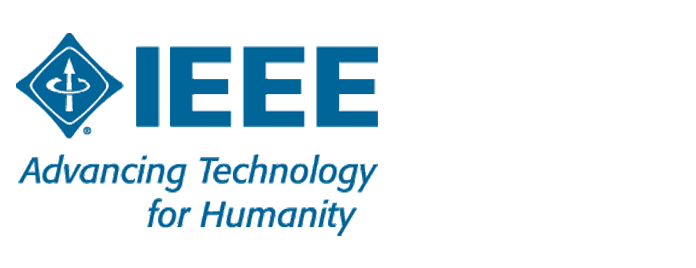This document establishes terminology for Digital Twin (DT) and describes concepts in the field of Digital Twin, including the terms and definitions of Digital Twin, concepts of Digital Twin (e.g., Digital Twin ecosystem, lifecycle process for Digital Twin, and classifications of Digital Twin), Functional view of Digital Twin and Digital Twin stakeholders. This document can be used in the development of other standards and in support of communications among diverse, interested parties/stakeholders. This document is applicable to all types of organizations (e.g., commercial enterprises, government agencies, not-for-profit organizations).
ISO/IEC 30173 ED1
https://www.iec.ch/ords/f?p=103:38:9406018951756::::FSP_ORG_ID,FSP_APEX_PAGE,FSP_PROJECT_ID:20486,20,104883



